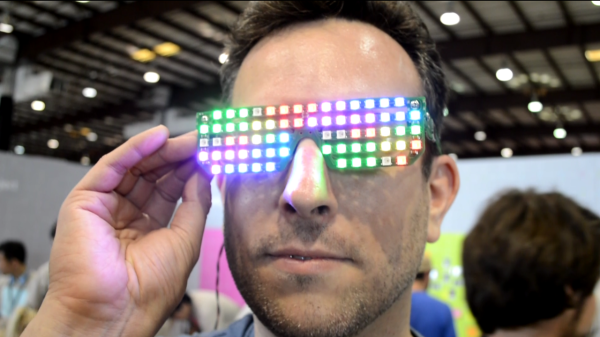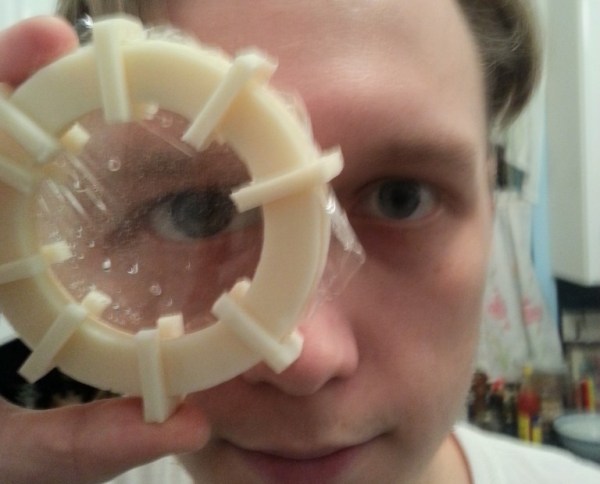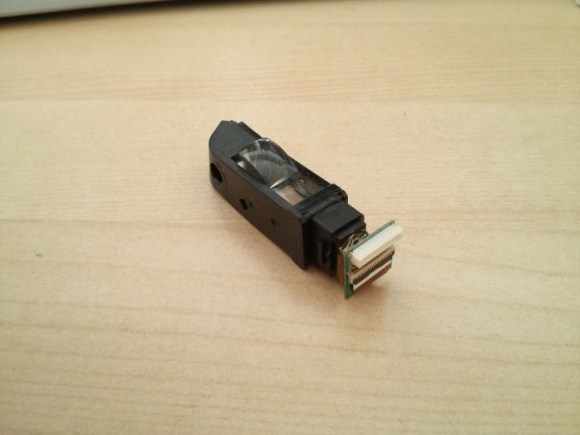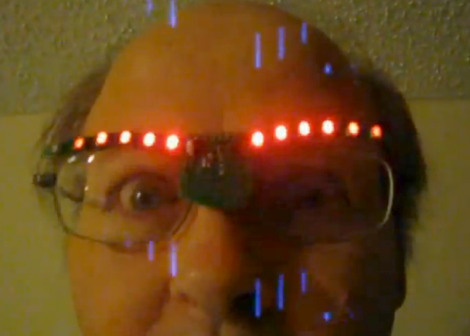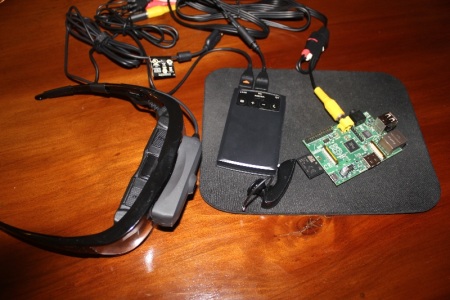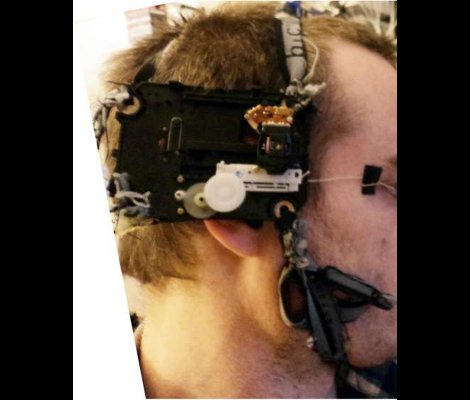We ran into [Garrett Mace] at Maker Faire. He wasn’t exhibiting, but in keeping with the fun he made something to show off. This pair of RGB LED Shades was assembled the night before. They may have been hacked together, but they were in no way a hack. Especially of interest to us is the hinge design which is made of PCB substrate and a few machine screws.
Our video above does a pretty good job of showing off the blinky patterns he coded. What’s surprising to us is that the wearer is almost no view of the light the specs are emitting. The slots aren’t that hard to see out of either, and they hide [Garrett’s] prescription glasses quite nicely. This pair steps up from the single color version we saw a couple of years back. That set was also on display, but you really do need to get a closer look at the newer design. Luckily it took us so long to get this video edited that the Macetech blog now has complete details.

